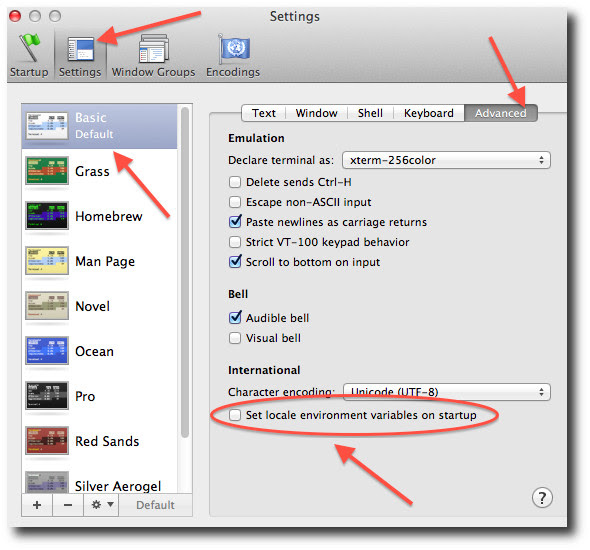Conda is an open-source package management system and environment management system that runs on Windows, macOS, and Linux. Conda Cheat Sheet tries to provide a basic reference for beginner and advanced developers, lower the entry barrier for newcomers, and help veterans refresh the old tricks. CONDA CHEAT SHEET Take a conda test drive at bit.ly/tryconda For full documentation of any command, type the command followed by -help, such as conda create -help TIP: Anaconda Navigator is a point-and-click way to manage packages and environments with conda. Conda anaconda cheat sheet. GitHub Gist: instantly share code, notes, and snippets. CONDA 4.4 CHEAT SHEET Take a conda test drive at bit.ly/tryconda Windows, macOS, Linux: Same commands for all platforms. For full documentation of any command, add -help to the command. EXAMPLE: conda create -help conda info conda update conda conda update anaconda Getting Started Verify conda is installed, check version number Update conda.
The conda 4.6.0 release added improved support for interoperability between conda and pip.This feature is still experimental and is therefore off by default.
Conda Cheat Sheet 4.8 Download
With this interoperability,conda can use pip-installed packages to satisfy dependencies,cleanly remove pip-installed software, and replace them withconda packages when appropriate.

If you’d like to try the feature, you can set this .condarc setting:
Note
Setting pip_interop_enabled to True may slow down conda.


Even without activating this feature, conda now understands pip metadatamore intelligently. For example, if we create an environment with conda:

Then we update imagesize in that environment using pip:
Conda Cheat Sheet 4.8 Free
Prior to conda 4.6.0, the condalist command returned ambiguous results:
Conda Cheat Sheet 4.80
Conda 4.6.0 now shows only one entry for imagesize (the newer pip entry):


